Founded in 1993,Watch Sex 2: Fate (1995) Nvidia is a youngster when compared to other semiconductor companies. However, its impact on the world of technology has been vast. According to the Steam Hardware Survey, over 70 percent of users have an Nvidia graphics card in their gaming system, while Passmark says over 60 percent of users have an Nvidia product.
There was a lot of work involved in getting to that level, and while the company's first chip in 1995, the NV1 seemed like a brilliant product offering video and 3D acceleration, a built-in sound card, and a gamepad port, its reliance on quadratic texture mapping instead of triangle polygon rendering meant that Nvidia dropped the ball on its big debut. Lesson learned as the chips that followed included some surefire hits. Let's take a look...
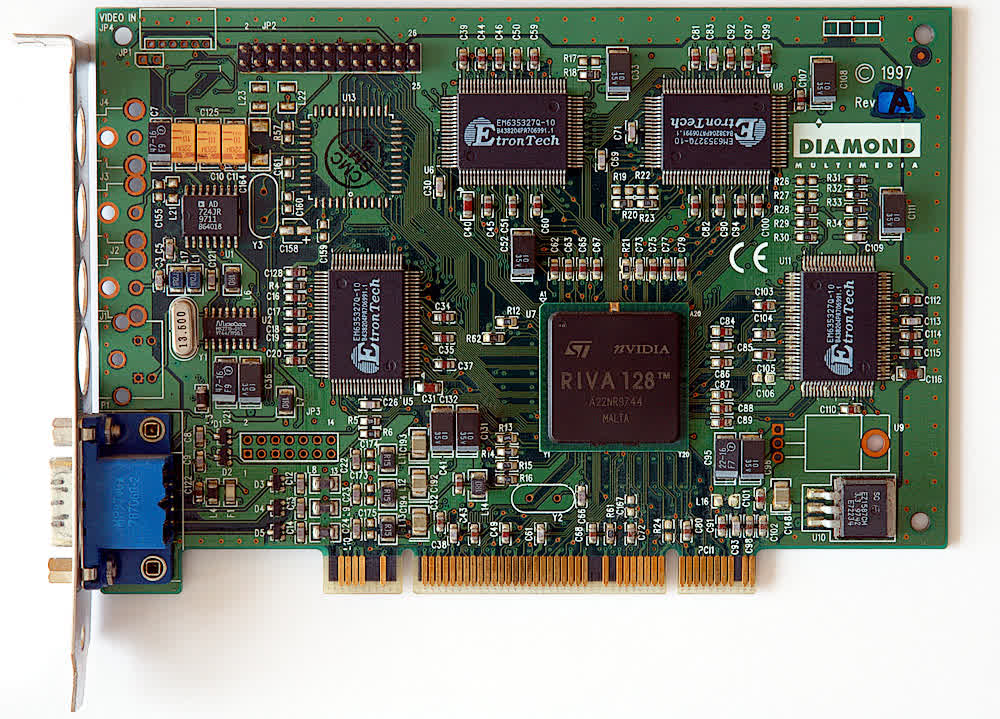
Image: André Karwath
An acronym for Real-time Interactive Video and Animationaccelerator, the RIVA 128 was the successor to the NV1 and a product that put everyone in the space on notice. Featuring support for DirectX 5 and OpenGL, the RIVA 128 didn't repeat the same mistakes. It seemed future proof from the get-go, with 4 MB of SGRAM and AGP 2X support.
At the time, it could keep up with 3Dfx Voodoo cards, which were the fastest cards on the market. Over a million units shipped within the first 4 months of the RIVA 128 release, cementing its importance as a product and a company.
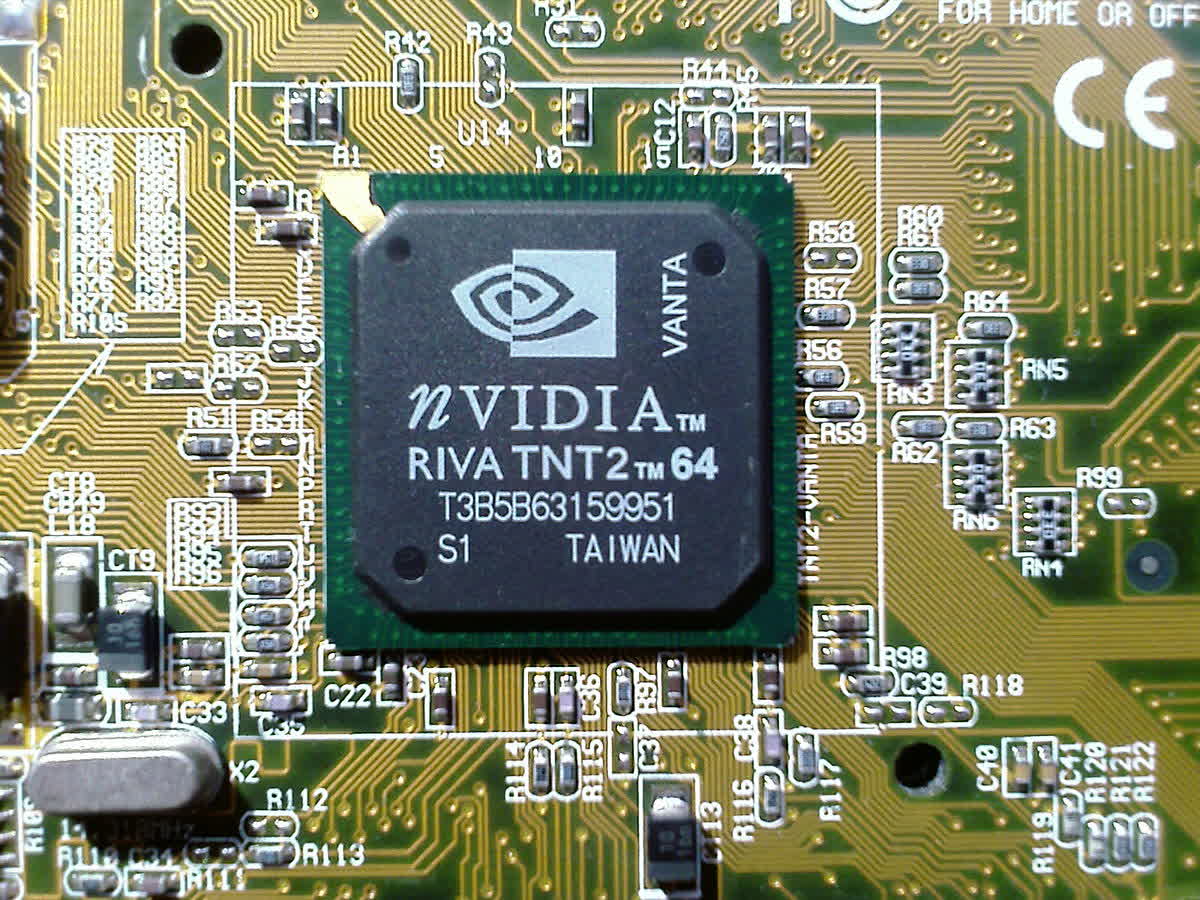
The successor to the RIVA 128, the TNT was good but was still outperformed by 3Dfx. But the following year, Nvidia delivered the TNT2 with several significant improvements. A process shrink to 250 nm (and later 220 nm with the TNT2 Pro) allowed for higher clock speeds (125 MHz core and 150 MHz on the memory, compared to 90/110 on the original TNT), while the chip supported larger textures, a 32-bit Z-buffer, AGP 4X and a maximum of 32 MB of memory.
Compared to rival products from 3Dfx, the TNT2 featured better support for DirectX and OpenGL and packed excellent image quality with 32-bit color. Gamers took notice.
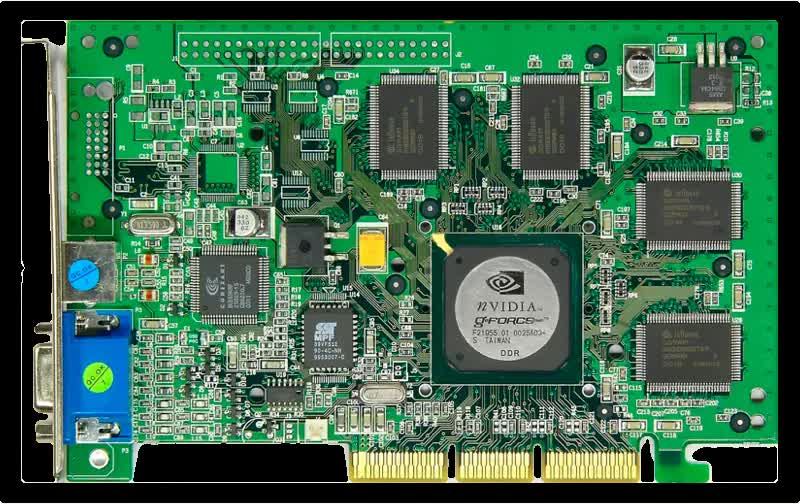
In 1999, Nvidia introduced the first GeForce chip, known as the GeForce 256. There were two variants, with the high-end DDR model gaining most of the attention for its speedy memory.
The GeForce 256 also featured a transformation and lighting engine (T&L) that allowed the chip to handle calculations previously covered by the CPU. This feature allowed the card to be paired with a slower processor yet still deliver excellent performance. While critics and rivals said the technology wasn't necessary, it eventually became commonplace and found in nearly every graphics card on the market.
The GeForce 256 was also the basis for the first Quadro product for computer-aided design. This line of products opened up a whole new and lucrative market for Nvidia.
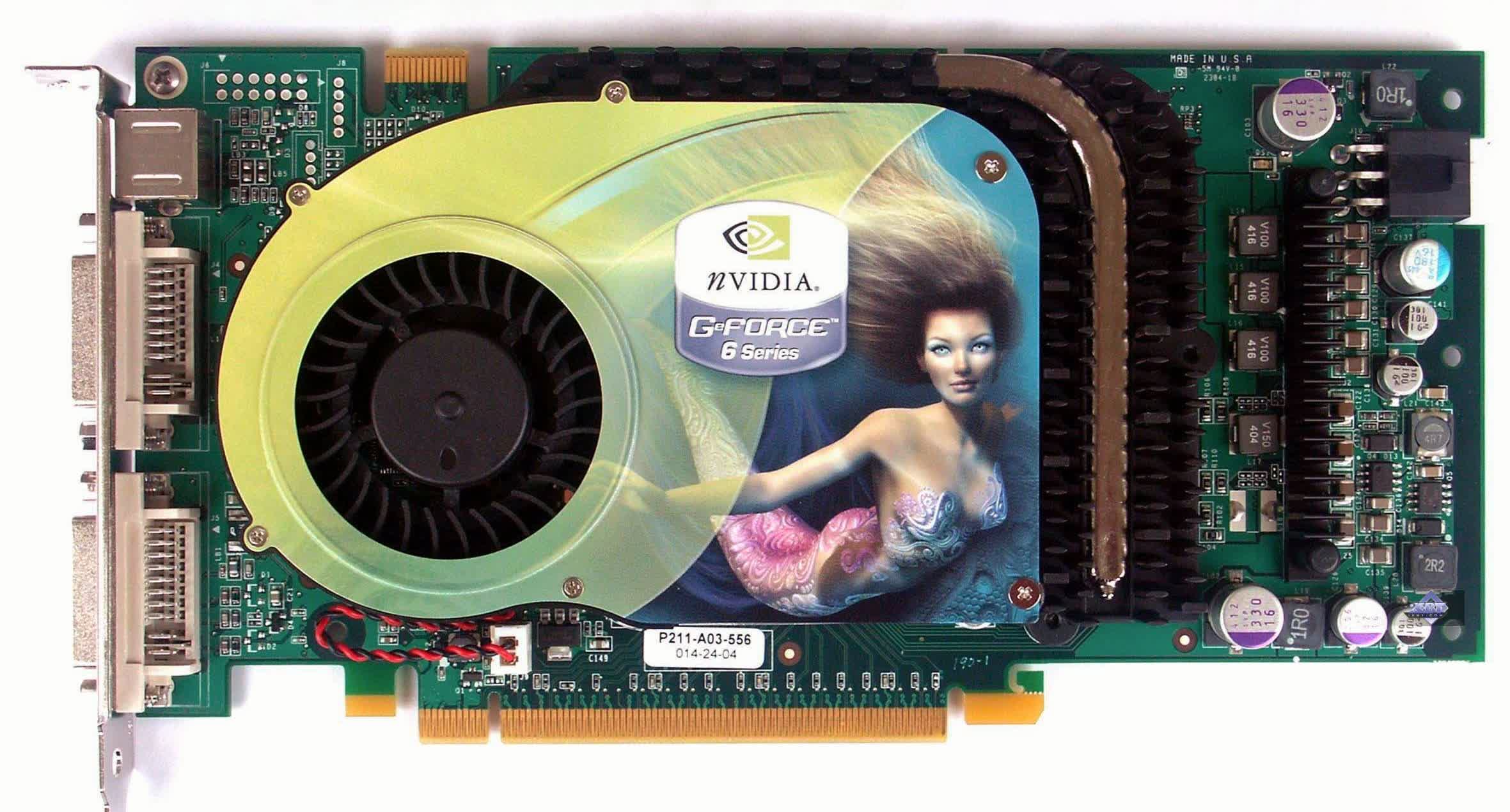
The early 2000s turned into a royal rumble between ATI and Nvidia, as they one-upped each other through the GeForce 2, 3, and 4 eras. After ATI dropped their Radeon 9700 and impressed everyone, Nvidia had to throw a haymaker of its own, and thus the GeForce 6800 was introduced.
As one of the early products to sport GDDR3 memory, the GeForce 6800 was a speed demon, even dismissing ATI's X800 XT with better shader model support and 32-bit float point precision, compared to the Radeon. Furthermore, since Nvidia had acquired 3Dfx, they began implementing features and technology from the former graphics company.
One major part of 3Dfx's portfolio was Scan-Line Interleave, which linked two video cards and boosted 3D processing power available. In 2004, Nvidia modernized this feature and reintroduced it as Scalable Link Interface (SLI) with many enthusiasts pairing 6800s to create the ultimate gaming PC.
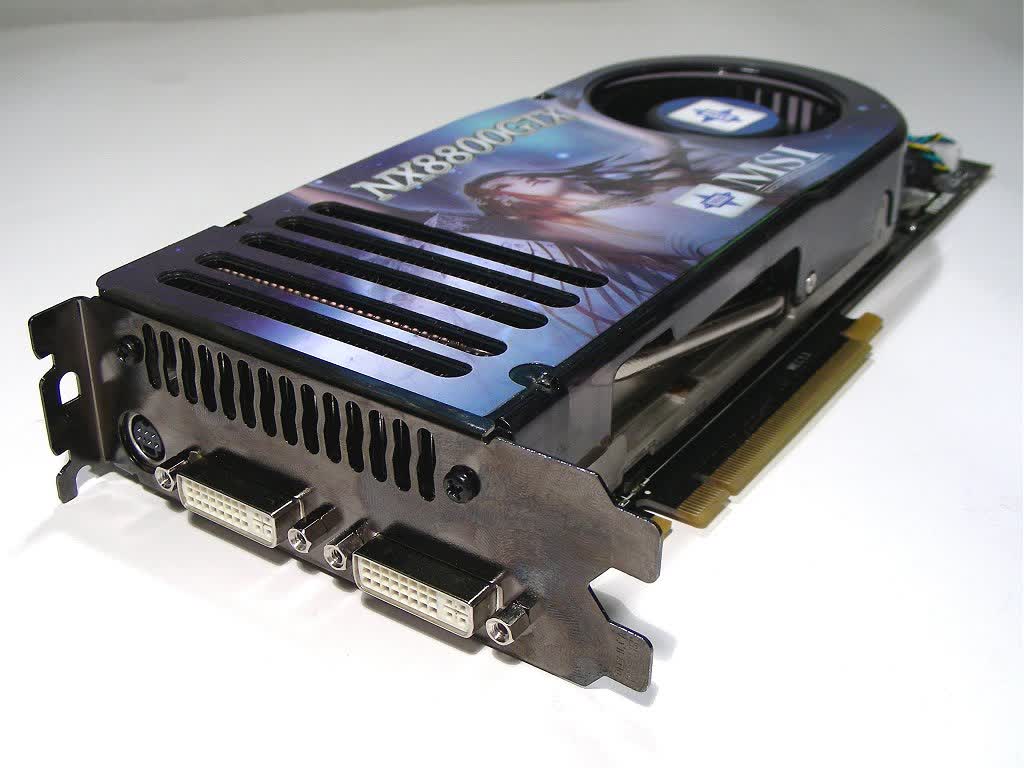
Two years after the GeForce 6800, Nvidia introduced the new GeForce 8800 series. The new graphics card was an absolute beast of a gaming GPU. With up to 128 streaming processors, a 575 MHz core, a 1.35 GHz shader clock, and 768 MB of GDDR3, it could actually outpace a dual GPU flagship from the previous generation.
It was one of the first products to use a unified shader architecture. The GeForce 8 series was considered fast even years after its initial debut. Not everything was gravy, as a significant number of this series' chips suffered from an overheating issue that led to many failures.
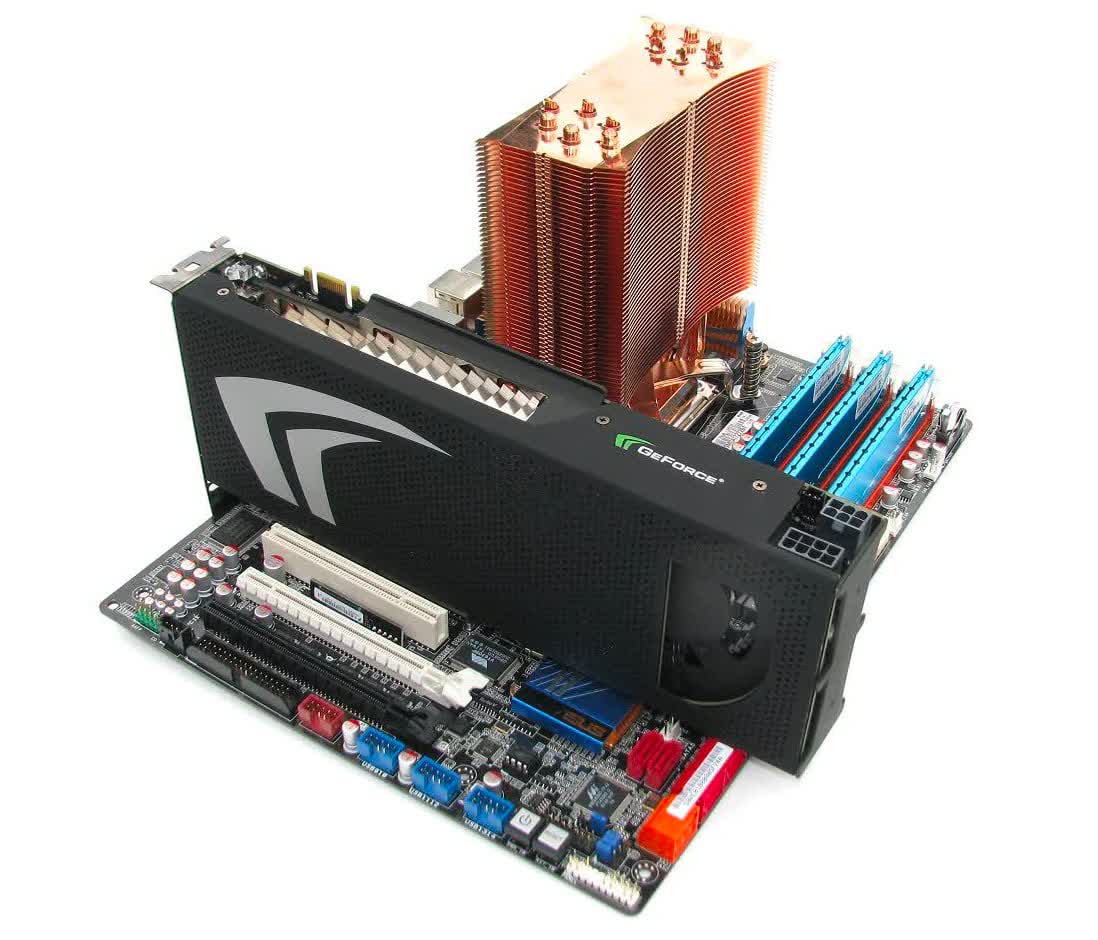
Just before the 2010s came around, dual-GPU boards became a hot commodity, and AMD was pretty aggressive with its ATI Radeon 4870 x2. To rival that, Nvidia brought out the GeForce GTX 295, which put two of its GeForce 200 chips on a single board.
With the right drivers, this was the fastest graphics card money could buy, and at $500 it could outperform a pair of GTX 260s when a single one had an MSRP of $450, making it a bargain to enthusiasts.
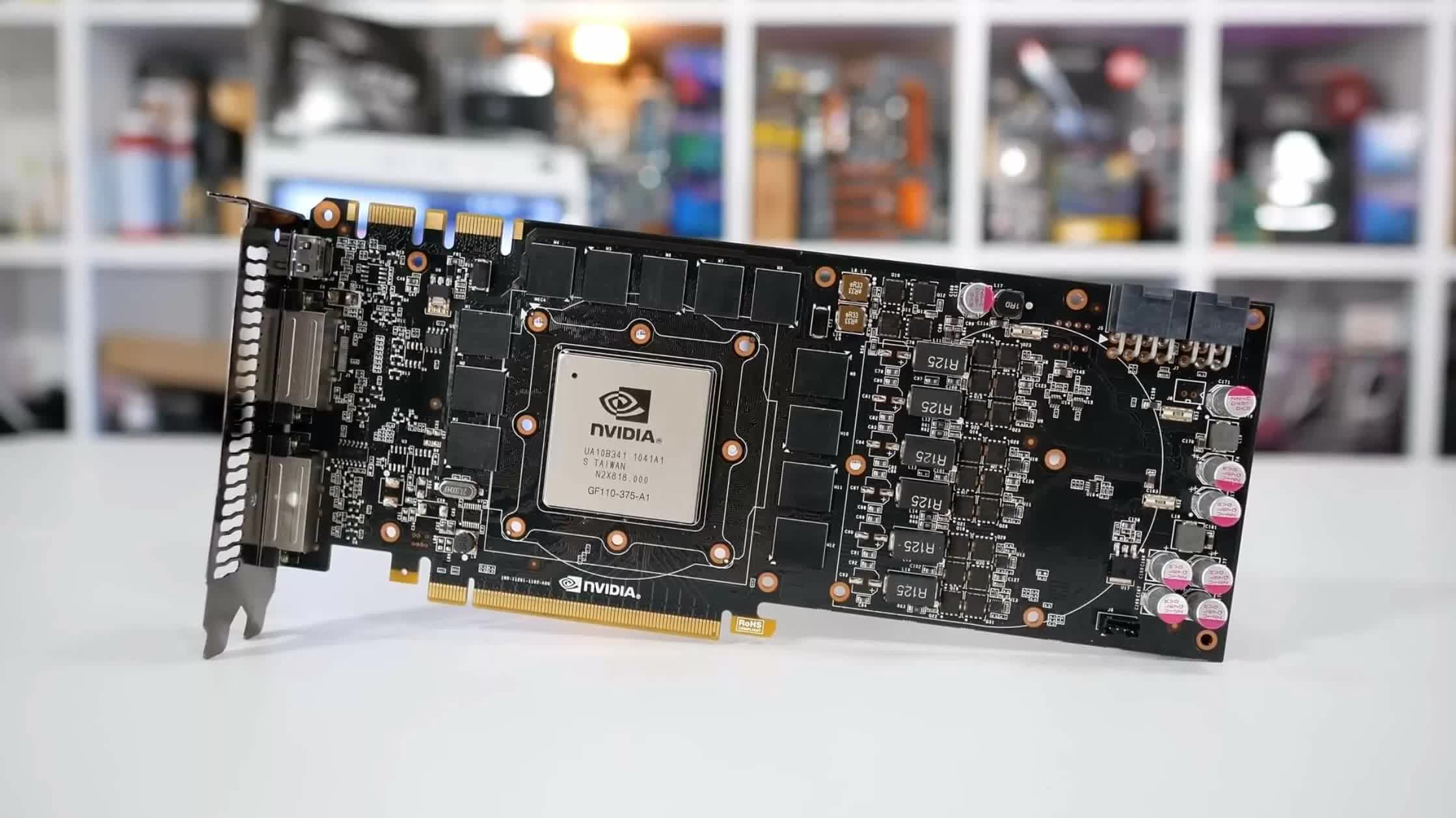
While the GeForce GTX 480 launch didn't go as planned, all was well with its successor known as the GTX 580. A fully unleashed Fermi architecture meant 16 stream multiprocessor clusters, six active 64-bit memory controllers, and full-speed FP16 filtering.
This graphics card was the real deal. With AMD hot on its heels, the GTX 580 needed to be everything the GTX 480 wasn't, and fortunately it was enough to hold off AMD for a while. The top-tier dual-GPU GTX 590 was met with scathing reviews due to poor stability and the inability to upstage the Radeon HD 6990.
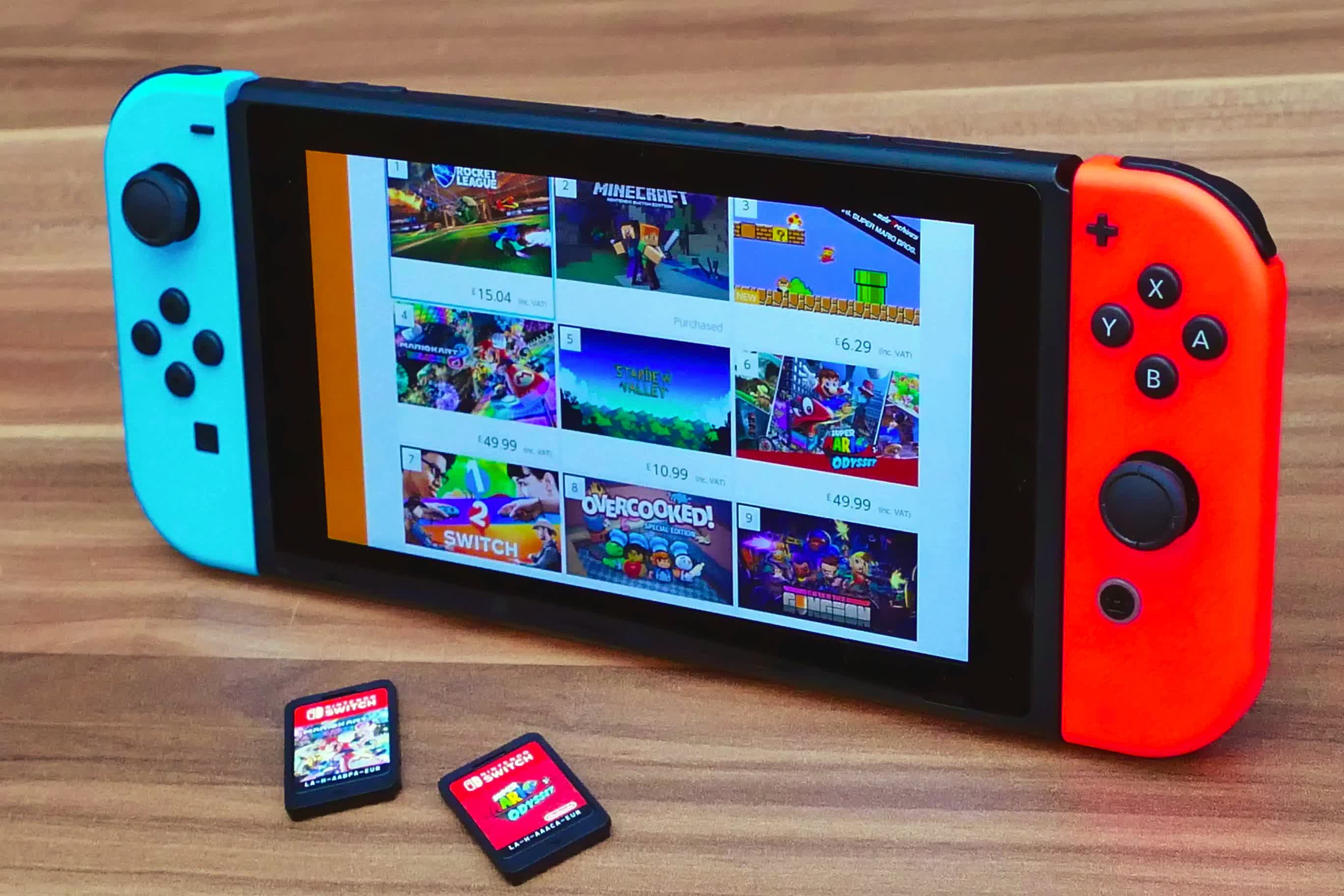
Nvidia had been making products for PC enthusiasts, design professionals, and even supercomputers and AI researchers, but with Tegra SoCs, it made the jump into the world of mobile computing. The Arm-based Tegra lineup was designed for smartphones and tablets, but things went beyond that, and the extra processing power of the SoC went to good use in the Nintendo Switch.
The success of the Switch has been off-the-charts, with nearly 70 million units sold since 2017. Each one packs the Tegra X1, which pairs an ARMv8 ARM Cortex-A57 quad-core with a Maxwell-based 256 core GPU.
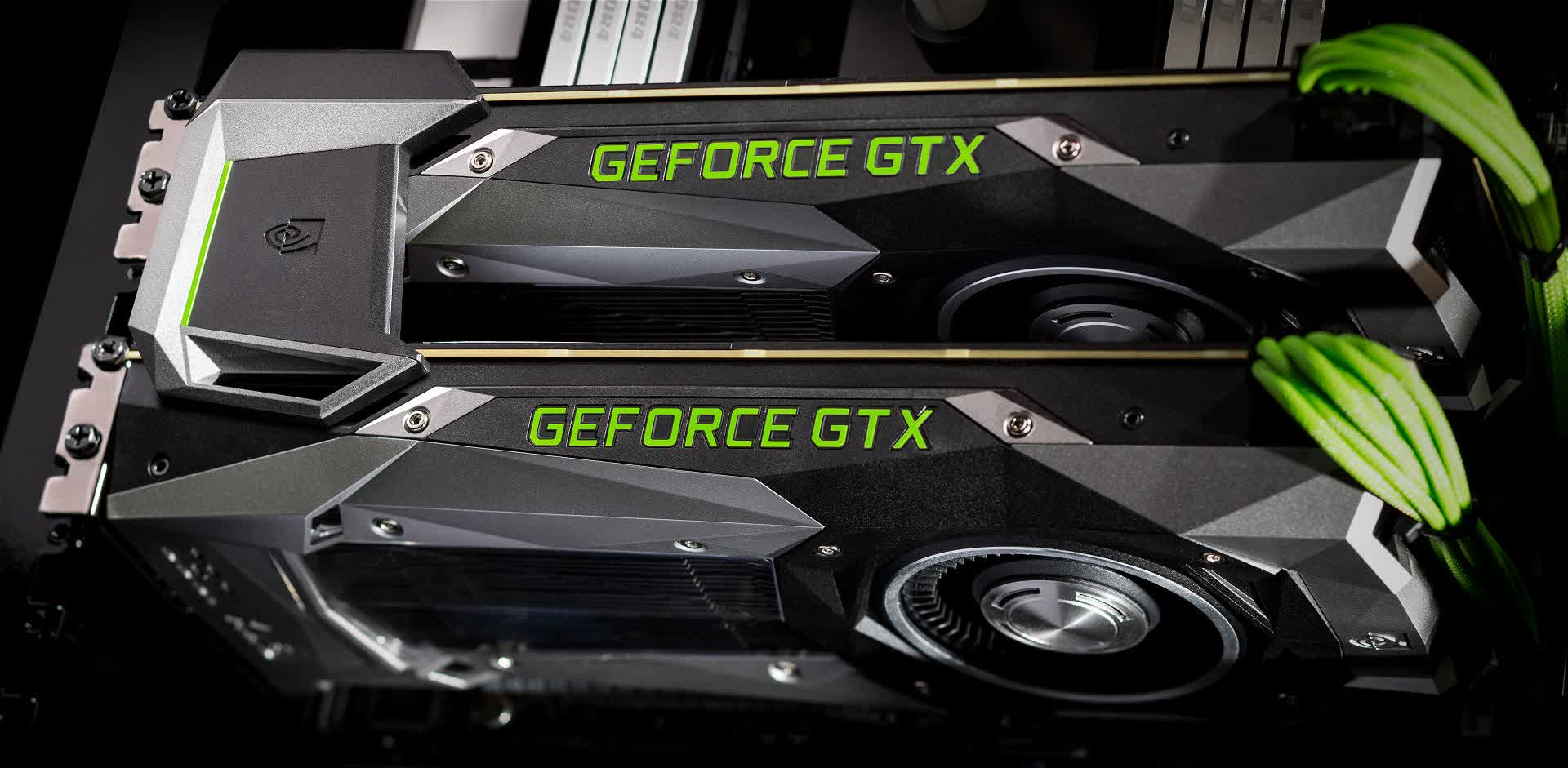
The 16nm fabricated GeForce GTX 1080 series was extremely influential and a big milestone for the GPU maker, showcasing Nvidia's might and design expertise. The Pascal architecture was well ahead of the competition, so much so that GeForce GTX 10 cards remained in contention for several years which is almost an anomaly in the graphics market.
The GTX 1080 became the benchmark to beat, and even the next generation of Nvidia GPUs struggled to show any significant improvement in raster performance. Speedy GDDR5X memory was matched with 2560 cores in the GTX 1080 and 3584 cores in the GTX 1080 Ti, leading to eye-popping frame rates even as you increased resolutions.
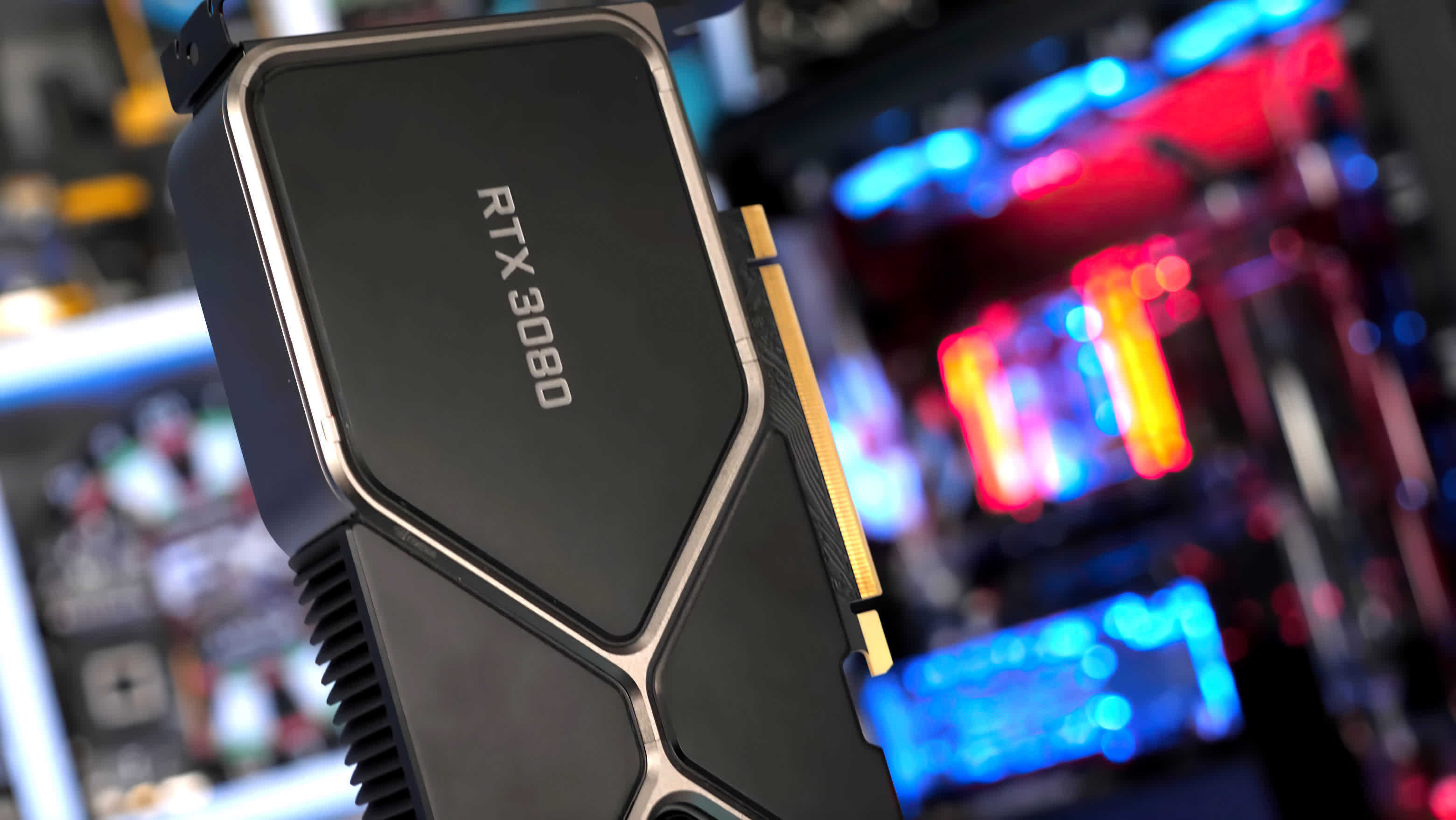
The GTX 1080 was followed by the Turing-powered RTX 20 series, which implemented real-time hardware ray tracing for the first time in a consumer-oriented video card. However, there were very few games with ray tracing features at the time of its release, and in general, the RTX 20 series didn't feel like a significant enough jump from the GTX 10 series.
Nvidia upped the ante with the RTX 30 series and the Ampere architecture, leading the RTX 3080 to become the ultimate gaming card regardless of resolution or enabling demanding ray tracing features when using DLSS. The 3080 has 28.3 billion transistors and 8704 cores clocked up to 1.7 GHz, delivering a big 70% performance jump over the RTX 2080 at 4K is impressive.
On the less positive side, the card features just 10GB of memory, although it's of the faster GDDR6X kind. It's also power hungry, but it's very fast and that makes up for all of it. At the original $700 MSRP (which due to the chip shortages that ensued would be a dream to have at that price), it could be considered a bargain to enthusiasts, thanks to a low cost per frame.
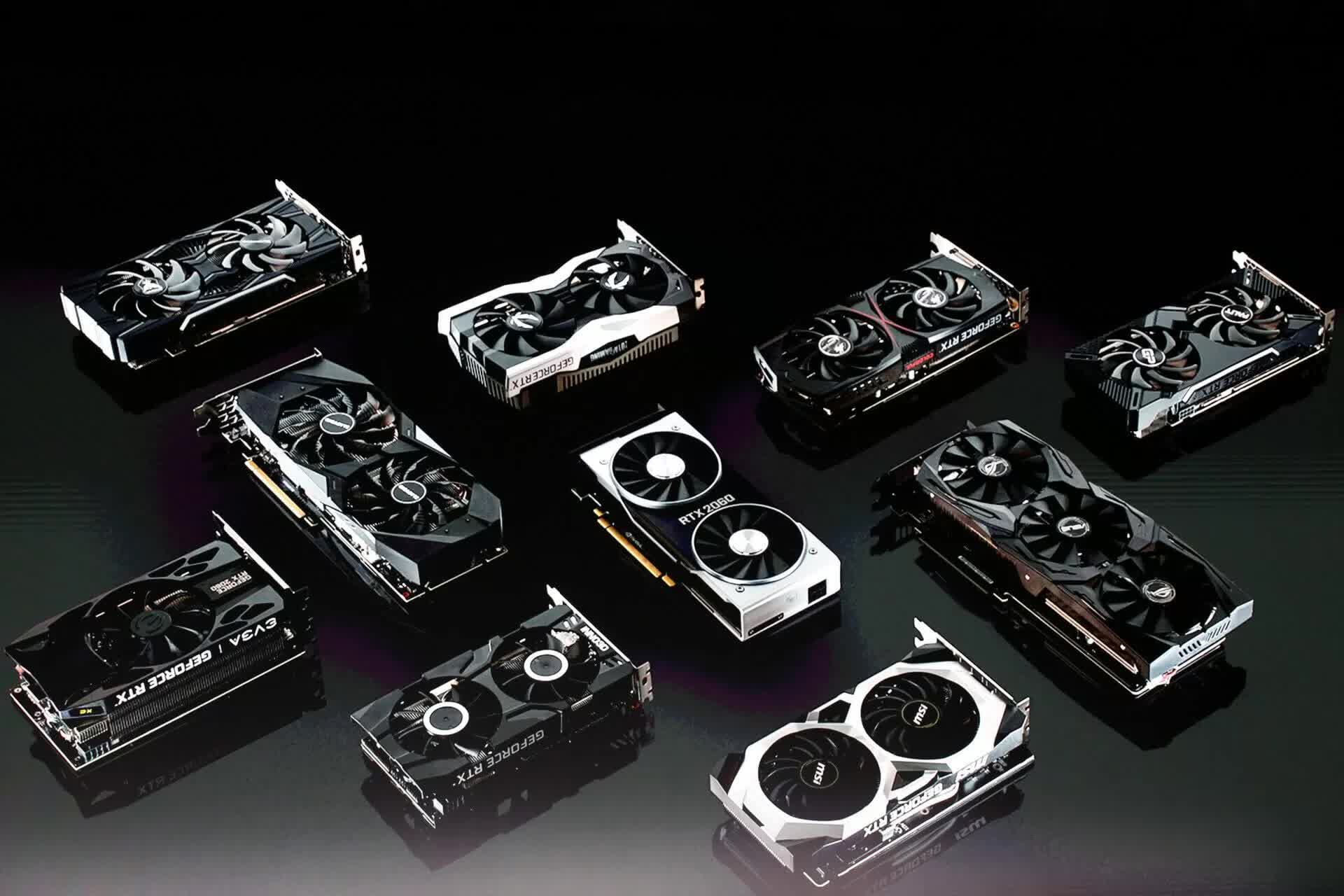
Nvidia has grown into a graphics giant and beyond, by steadily churning out impressive and innovative products for computer gamers and enthusiasts, but most recently also providing solutions for automakers, creative studios, and researchers. Not to mention the impending (and somewhat doubtful?) acquisition of Arm.
These days, Nvidia is pushing the efforts of its real-time hardware ray tracing products, which allow for photorealistic lighting. However, even without these features, its GPUs are among the fastest performing in the industry. As we sit upon a new generation of gaming, with new consoles featuring ray tracing support, it'll be interesting to see if Nvidia can increase its lead over the competition.
25 years later: How many of these have you owned?
Also, don't miss our parallel feature showing off the Top 10 Most Significant AMD/ATI GPUs.
 Best rope light deal: Save 25% on Lepro N1 AI Smart RGB LED Strip Lights
Best rope light deal: Save 25% on Lepro N1 AI Smart RGB LED Strip Lights
 7 easy ways to not annoy your teammates when gaming online with a microphone
7 easy ways to not annoy your teammates when gaming online with a microphone
 Facebook launches new Feeds and Home tabs on its app
Facebook launches new Feeds and Home tabs on its app
 Samsung confirms Galaxy Unpacked is back on Aug. 10
Samsung confirms Galaxy Unpacked is back on Aug. 10
 The Baffler’s May Day Round Up
The Baffler’s May Day Round Up
 Officer, please let this patient and rather important cat into 10 Downing Street
Officer, please let this patient and rather important cat into 10 Downing Street
 Elizabeth Warren, Congressional Dems are coming for crypto miners
Elizabeth Warren, Congressional Dems are coming for crypto miners
 Samsung Galaxy Z Fold 4 and Z Flip 4 pictures leak
Samsung Galaxy Z Fold 4 and Z Flip 4 pictures leak
 Mary Shows Up
Mary Shows Up
 Officer, please let this patient and rather important cat into 10 Downing Street
Officer, please let this patient and rather important cat into 10 Downing Street
 Samsung Unpacked stream is set for May 12, 2025
Samsung Unpacked stream is set for May 12, 2025
 How white noise helps you sleep
How white noise helps you sleep
 Take a spacewalk with ISS astronauts in this Meta Quest 2 VR experience
Take a spacewalk with ISS astronauts in this Meta Quest 2 VR experience
 Donald Trump says he's down for a comedian
Donald Trump says he's down for a comedian
 President Trump says semiconductor tariffs are next
President Trump says semiconductor tariffs are next
 Tesla sold most of its Bitcoin, but none of its Dogecoin
Tesla sold most of its Bitcoin, but none of its Dogecoin
 Stephen King blasts Trump with 1 of his most uncompromising tweets yet
Stephen King blasts Trump with 1 of his most uncompromising tweets yet
 'Heardle Decades' lets you guess all the '80s and '90s bangers
'Heardle Decades' lets you guess all the '80s and '90s bangers
 Dyson V8 Plus cordless vacuum: $120 off at Amazon
Dyson V8 Plus cordless vacuum: $120 off at Amazon
 Amazon admits Ring gives cops footage without customers' knowledge or consent
Amazon admits Ring gives cops footage without customers' knowledge or consent
Katy Perry's album trailer feels like a weird online dating profileInstagram update adds location and hashtag StoriesYour 'Star Wars' boyfriends are on the cover of 'Vanity Fair'Twitter's shareholders meeting was the same old hatefest — except for two thingsKaty Perry brings the Taylor Swift feud to Carpool Karaoke because nowhere is safeBilly Bush's daughter asked him exactly the right questions after the Trump tapeSony hackers linked to WannaCry ransomwarePeople are pretending to have 'missing friends' after the Manchester attackSeveral dead after explosion reported at Ariana Grande concertJustin Trudeau runs past group of prom goers, stops for the ultimate selfieDeciding where to post on social media is too damn hard nowInstagram update adds location and hashtag StoriesEU to tech companies: You're going to have to start taking responsibility for hate speechFacebook rolls out friend features for live video, but no group chatsKaty Perry brings the Taylor Swift feud to Carpool Karaoke because nowhere is safeUNICEF launches free app that converts your daily steps into lifeIKEA's cheap smart lightbulbs to connect to Apple, Amazon, GoogleFacebook isn't alone—moderating the internet is basically impossibleMicrosoft accuses Chinese ‘gaming' website of hacking Xbox accountsBlind Nintendo fan receives a thoughtful response to his touching letter 'Aladdin of the King of Thieves' didn't have to go that hard Emma Watson schools critics on what feminism actually means Her father refused to, so woman's boss walks her down the aisle to marry her bride Meet your new takeout ordering hero, Mozzarella Stick Guy Pizza dipped in milk is the most disrespectful pizza crime yet Craigslist finally releases an iOS app in *checks calendar* 2019 Grandma and stranger she accidentally texted celebrate Thanksgiving together for a fourth year Turtle living in wishing pond gets surgery after years of eating of coins left by tourists From Hermes to Montblanc: A guide to the fanciest smartwatches of 2019 How to ensure your online activism has an offline impact 4 ways to get the best streaming experience out of your new Roku 2020 iPhones will come with smaller and larger screens Katy Perry walked the red carpet with quinoa stuck in her teeth. Trust no one. The world's carbon emissions went up in 2019, continuing a bad trend Instagram will start cracking down on underage users (sort of) Greta Thunberg arrives in Portugal on her way to climate talks Looks like Hillary Clinton and the internet are on the same page about this Mike Pence email thing Meteorologist's Apple Watch contradicts his forecast during live broadcast Facebook's Portal TV ad somehow stars Kim Kardashian West and J The cast of 'Harry Potter' have a WhatsApp group and it sounds simply magical
2.1245s , 10204.390625 kb
Copyright © 2025 Powered by 【Watch Sex 2: Fate (1995)】,Wisdom Convergence Information Network